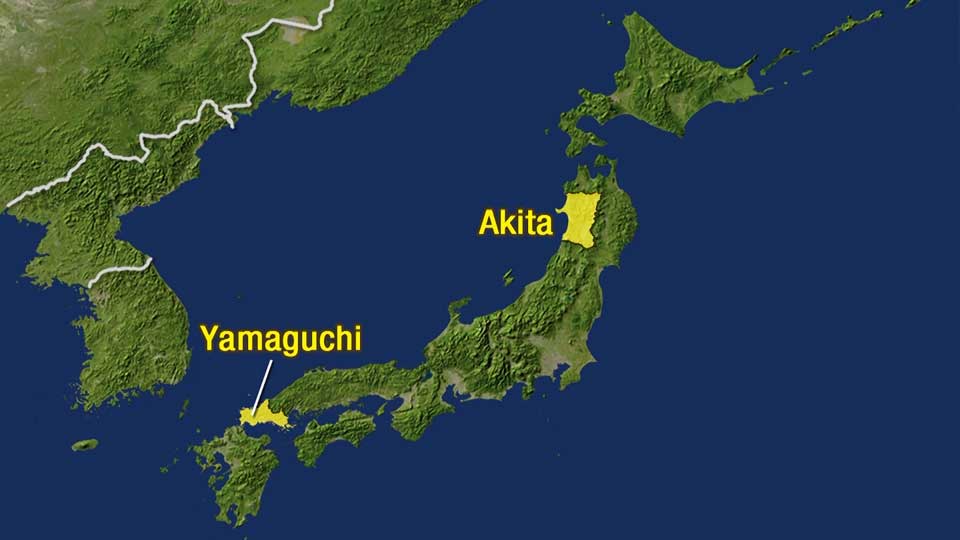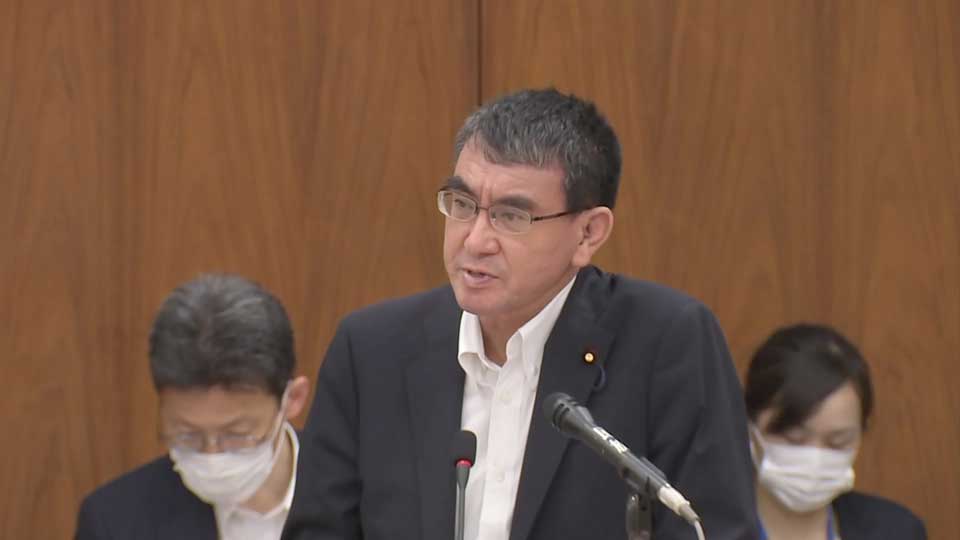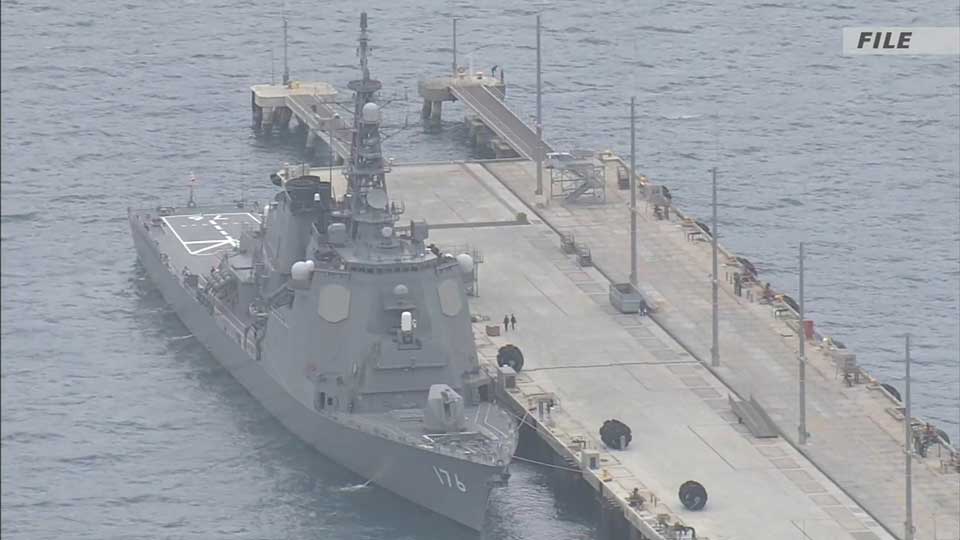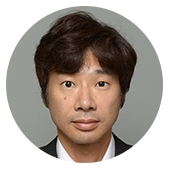The US-made land-based missile defense units were supposed to complement existing PAC3 interceptor missiles and Aegis-equipped destroyers to provide full coverage against a missile attack from North Korea.
In late 2017, the government said it would introduce two Aegis Ashore units. They would be deployed at Self-Defense Force sites in Akita and Yamaguchi prefectures.

But people living in those regions fought the plan. They said they were worried about the health effects of electromagnetic waves from the radar and expressed concern that the systems could make their prefectures targets for North Korea. And they said rocket boosters from the Aegis system could land on their communities.
Japan's Defense Ministry worked with the US to see whether software improvements could make the system more accurate, but they concluded that software alone would not be enough; the missile itself would need modifying.
The government calculated the overhauls would cost an extra $1.8 billion and take a decade to implement, and decided this was prohibitively long and expensive.

"The government must fulfill its responsibility after promising to make sure the booster is dropped inside the drill site," said Kono. "But we decided that it is unreasonable to spend an additional ($1.8 billion) over 10 years for that purpose."
Kono says Japan will continue to rely on sea-based Aegis destroyers and the land-based PAC3 interceptor missile. There are currently seven Aegis destroyers, but there will be eight next year.

The governor of Yamaguchi Prefecture, Muraoka Tsugumasa, welcomed the change of plan, saying his government's responsibility is to ensure the community's safety, and the Defense Ministry's decision is exactly what they have been asking for.
That wasn't a view shared by previous Defense Minister Onodera Itsunori, who accused his old department of deceit.
"The Defense Ministry has repeatedly explained that the booster can be controlled, but it abruptly changed its position," he said. "This means the Ministry has lied."
Suspending the program is likely to impact Japan's relations with several countries, with some experts warning that North Korea, China and Russia will read it as a weak government capitulating to pressure from worried residents. That could encourage those governments to engage in disinformation campaigns to sway public opinion in Japan.
The decision could also be a thorn in relations with the US. The Japanese government has already paid the US around $120 million of the estimated $4.2 billion price tag. It's not clear whether it is liable for any of the remainder, or whether there is a penalty for breaking the contract.
A senior Foreign Ministry official told NHK that the deployment was being halted because of Japan's domestic situation, and unless the government gives a detailed explanation to the US, it could hurt the Japan-US alliance and relations with the Trump administration.
Tokyo and Washington both see that alliance as critical in dealing with the threat from North Korea in particular, and tearing up a lucrative defense contract could create a rift with a president who often puts such contracts at the heart of his diplomatic dealings.

